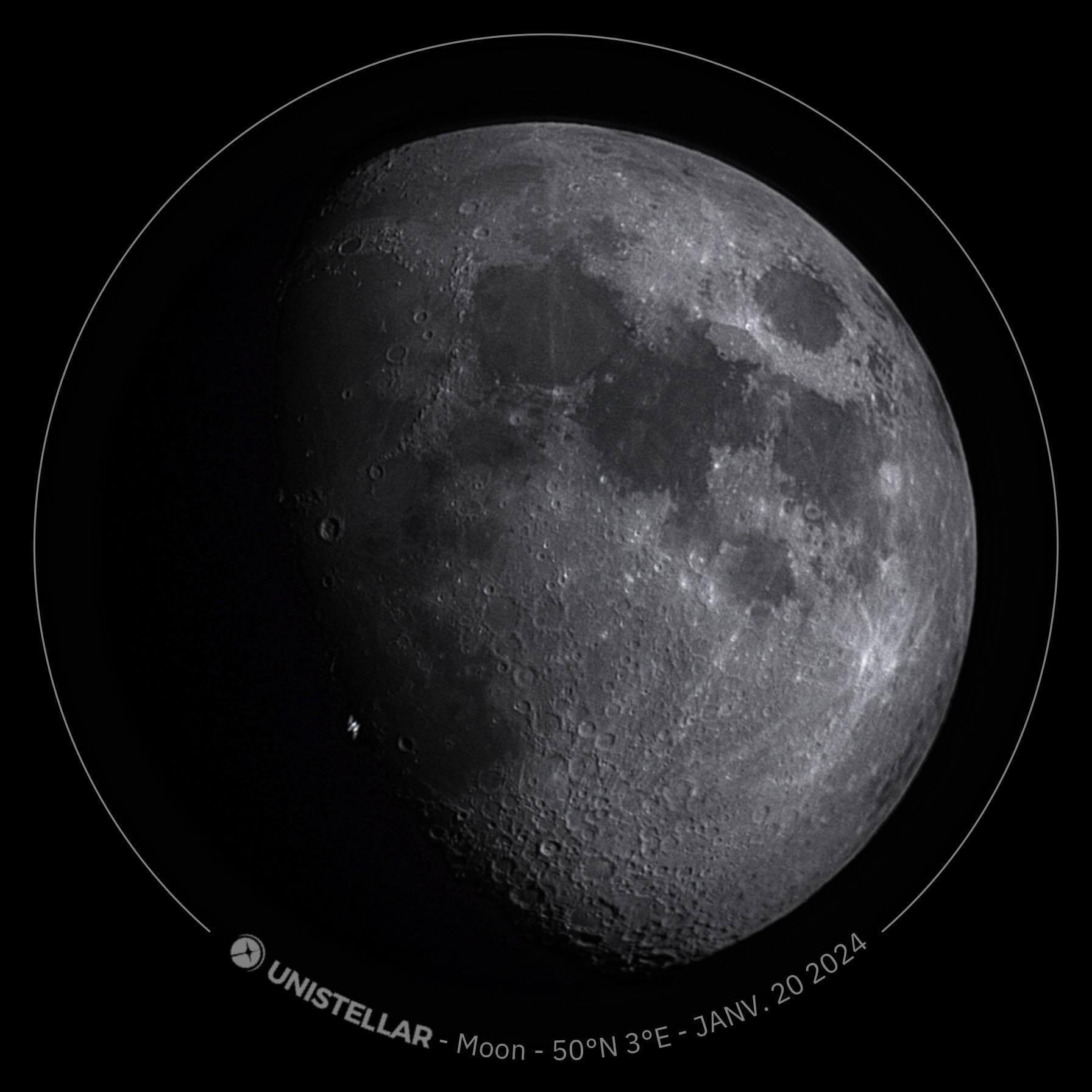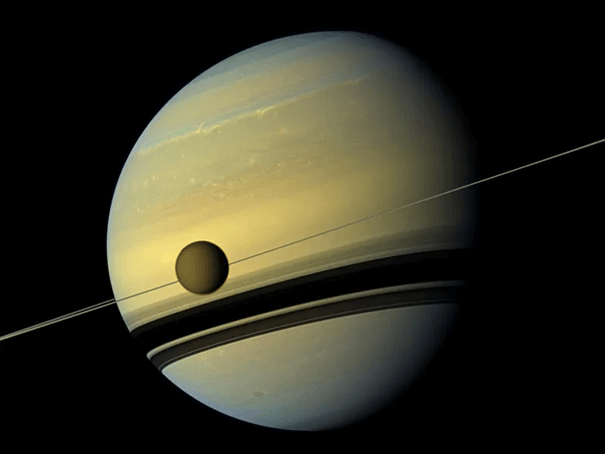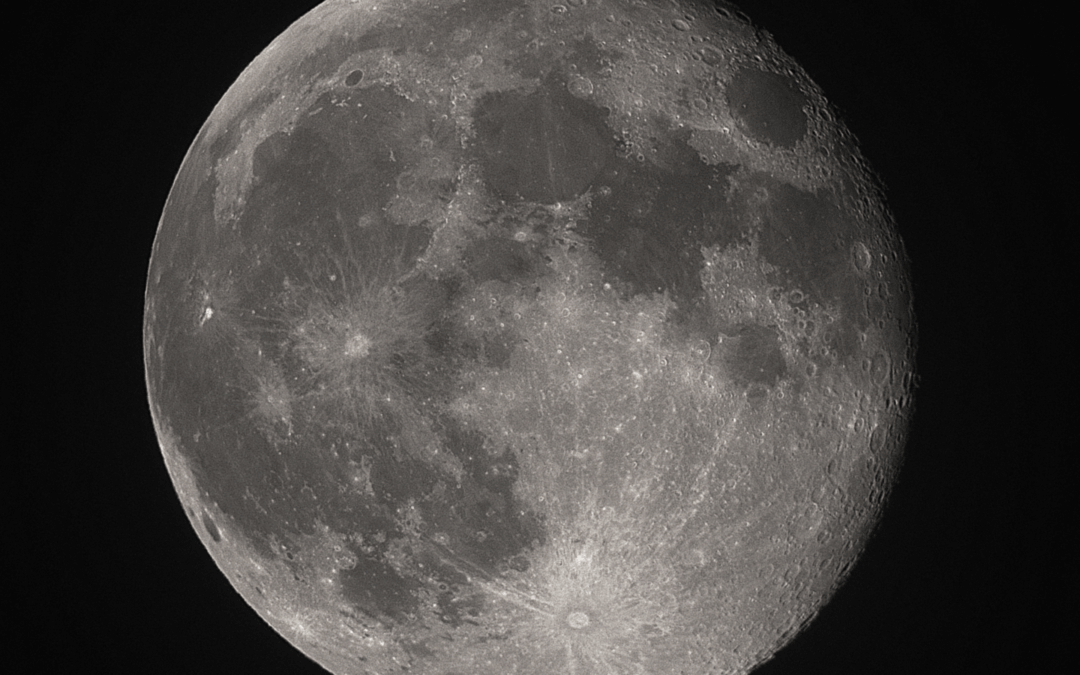From May’s Flower Moon and September’s iconic Harvest Moon to the little-known Worm Moon and Beaver Moon, each full moon that graces our skies 12 or 13 times each year now has a definitive name that echoes an agricultural past. The moon rises and sets, and waxes and wanes through its phases, without human interference, but people have always given names to the full moon.
This is what the full moon will be called in 2024:
Names and dates of the full moons in 2024
January 25 – Wolf Moon (17:54 UTC)
February 24 – Snow Moon (12:30 UTC)
March 25 – Worm Moon (07:00 UTC)
April 23 – Pink Moon (23:48 UTC)
May 23 – Flower Moon (13:53 UTC)
June 22 – Strawberry Moon (01:07 UTC)
July 21 – Buck Moon (10:17 UTC)
August 19 – Blue Sturgeon Moon (18:25 UTC)
September 18 – Harvest Supermoon (02:34 UTC)
October 17 – Hunter’s Supermoon (11:26 UTC)
November 15 – Beaver Moon (21:28 UTC)
December 15 – Cold Moon (09:01 UTC)
All times are in Universal Time (the local time in Greenwich, U.K.) according to Timeanddate.com
Where each full moon got its name
The names most commonly used for each full moon across the world these days have their origin with Native American tribes and colonial settlers from Europe. They date back to the publishing in the 1930s of the Maine Farmer’s Almanac, according to NASA, though that contained dozens of different names for each moon from different tribes and communities. They’ve become popular across the world in recent years largely thanks to the emergence of global popular culture online, which North America dominates.
So we’re left with somewhat odd names like Sturgeon Moon for August, which Algonquin tribes in the northeastern U.S. named after a fish in the Great Lakes that was easy to catch at that time of year. Conversely, December’s Cold Moon makes perfect sense to everyone in the northern hemisphere – as do those whose names track the seasons, such as Flower Moon and Harvest Moon – but they make no sense to those in the southern hemisphere.
How supermoons are named
You’ll often see ‘supermoon’ added to some full moon names. For example, in 2024 we’ll see a Harvest Supermoon and a Hunter’s Supermoon. Officially called a perigee full moon by astronomers (supermoon is an astrological term), they refer to the full moon appearing slightly bigger in the night sky. That happens because the moon orbits Earth in a slight ellipse.
So each month comes the closest point (perigee) and the farthest point (apogee). When a perigee coincides with a full moon it’s declared a supermoon. However, sometimes you’ll see a supermoon being called, for example, both a Harvest Supermoon and Super Harvest Moon.
Blue Moon names explained
There are two definitions of a Blue Moon. The second full moon in a calendar month containing two full moons (a monthly Blue Moon) is called simply a Blue Moon, largely because there is no name for it. A seasonal Blue Moon is slightly different, being the third full moon of four occurring between an equinox and a solstice (or vice versa), which is the definition of an astronomical season. The latter happens on August 19, 2024, which is therefore called the Blue Sturgeon Moon, but there is no monthly Blue Moon in 2024.
Do we need names for each full moon? Perhaps not, but with each one rising and setting at a different time of day and at an ever-changing place on the horizon, there’s a character to each one that’s uniquely its own. Besides, if the strange names get people excited about the full moon then that can only be a good thing for of us who adore the sight of the full moon appearing on the horizon in dusk once each month.

You can also get lucky with the Moon, like Lauriane who caught the ISS transiting in front of the Moon. Credit Lauriane Kerangall, Club d’Astronomie de Cambrai (France).
We encourage you to share your February observations and join the conversation through our Facebook, Instagram and Twitter pages. Don’t forget to tag @Unistellar!
If you’d like to send us your observations by email, send them to [email protected].
Further readings
Titan’s shadows
Every month, discover three unmissable celestial events to observe with your Unistellar telescope.
3 Reasons to observe this month
Every month, discover three unmissable celestial events to observe with your Unistellar telescope.
Observing Eclipses on Jupiter: Cosmic Spectacles Through a Telescope
The latest Unistellar App Update, version V3.0, is now live. Explore a smooth stargazing experience !
Unistellar Community Included In Multiple Scientific Papers
Did you know Unistellar Citizen Astronomers are often cited in published scientific papers? Find out how you can contribute too!
What Are the Names of All the Full Moons in 2024?
Discover the enchanting names of the full moons in 2024. Delve into the unique character of each lunar spectacle and embrace the allure of the night sky.
New Unistellar App Update: Version 3.0
The latest Unistellar App Update, version V3.0, is now live. Explore a smooth stargazing experience !






